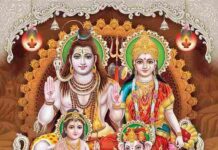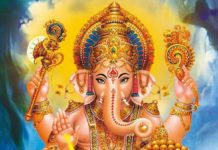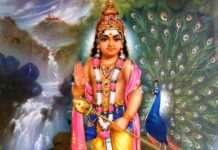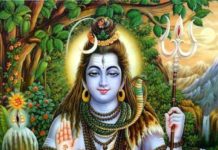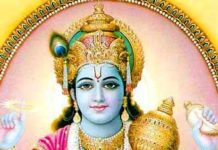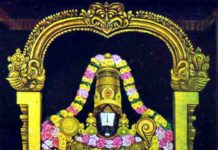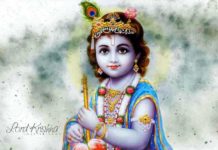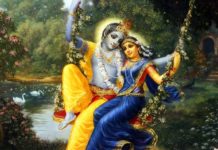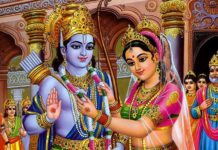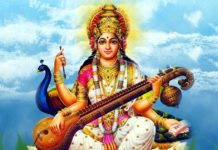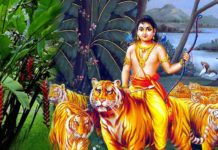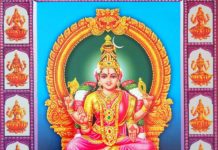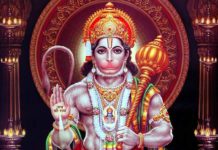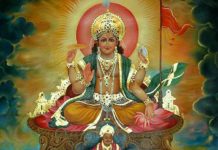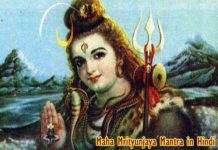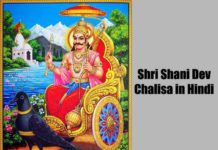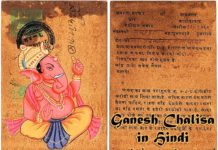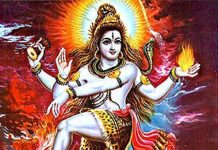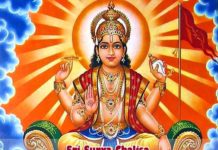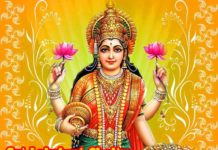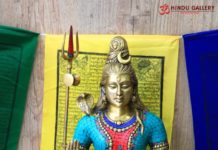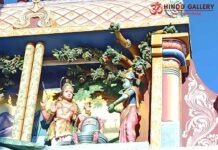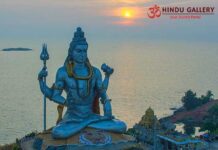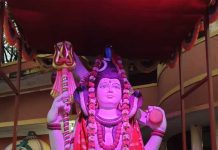Kathmandu, the capital of the Hindu predominant country Nepal has abundant temples. Every nook and corner of the city is adorned with temples big and small. This article is about a few of the prominent temples in Kathmandu city.
Sri Pashupathi Nath Mandir
Sri Pashupathi Nath Mandir is ascribed to the worship of Bhagwan Shiva. It is situated near Bhagmathi river at Kathmandu. It is believed to be the oldest and the largest temple.

The area of the temple is approximately 246 hectares.

The temple premises has one main sanctum and about 518 mini sanctums. The temple is classified as the World Heritage site since 1979 by UNESCO.

The origin of the temple could not be ascertained. However, the current structure is believed to be built in 1692 C.E.
Bhagwan Shiv is hailed as Aalok Pashupathinath.
The main sanctum is built in Pagoda type of architecture. The sanctum is on the square platform which has the height of 23 meters. The sanctum has four entrances each fitted with silver covered doors.

The roof of the sanctum is two tiered. They are made of copper with gold covering. The kalasam is made of gold.

Bhagwan Shiv is in the form of Mukha-Linga. The vigraha is one the silver-based bottom depicted with snakes. Bhagwan Shiv appears as four Deities in four sides.

Each face has tiny protruding hands with rudraksh in right hand and kamandal in left hand. Sri Shiv is mostly covered in gold except during abhishekam time.
The four Sri Shiv depictions are said to represent Sadhyojatha,Vamadeva, Tathpurusha and Eeshana respectively.
The Sthala Vruksham is the ancient banyan tree. River Bhagmathi is the Theertham of this temple.
The temple has four entrances. Only one is operated at a time. The entrances are guarded by armed security persons.
Soon on entering, we can see a huge Nandi Deva covered with brass. The devotees can have darshan of Sri Pasupathinath through the four doors of the main sanctum. After having Darshan, we get down and take the perambulation of the main sanctum mandapam.

During perambulation, we get to have the darshan of Sri Ganapathi, Sri Anjaneya, Sri Unmaththa Bhairav, Sri Durga Devi, several Shiv Murthies and other Deities.

From a side entrance, we get to the courtyard where we can walk through the maze containing 108 Shiv Lings.

The temple courtyard is open from 04.00 A.M to 07.00 P.M. In winter,the temple is closed at 06.30 P.M. In summer, the closing time is 08.00 P.M.

Darshan of Sri Pashupathinath is allowed from 05.00 A.M to 12 Noon and from 05.00 P.M to closing time.

For abhishekam, the set of puja items comprising of raw rice, honey, ghee and milk is provided at the sanctum itself (subject to prior booking). We can see the abhishekam done to the one of the Shiv Lings which we face. Rudraksha mala adorned by Sri Pashupathi nath is given as prasadam.

Despite the crowd, one can feel the inner calmness and peace inside the temple.
Sri Budha Nilkantha Temple
This temple is ascribed to the worship of both Sri Maha Vishnu and Bhagwan Shiv. It is situated at the foothills of Shivapuri Mountain.

This is an open-air temple.

Bhagwan Shiv is said to recline after consuming halahala poison from the cosmic ocean. There is also a theory that it is Bhagwan Vishnu who is reclining on Adi-Sesha.

The main Deity is seen reclining on a bed of stone snakes in the middle of the pond. The pond is called as Kosai Kund.

Swamy is also called as Sri Jala Narayana. He is atleast 5 meters in height.

Around the pond, there are dedicated shrines for Sri Vinayak, Sri Nag Dev and Sri Durga Devi.

The interesting feature of the temple is that the puja to the main Deity is done by small boys only.

The origin of the temple is not ascertained.
It is believed that the temple might have been built during Lichchavi period 1400 years ago.
Sri Guhyeshwari Temple
This temple is ascribed to the worship of Sri Parvathi Devi in the name Sri Guhyeshwari. This is the Sakthi Sthal of Sri Pashupathinath.

The temple is situated at the southern side of Bhagmathi river and is at a distance of about a kilometer from Shiv Mandir.

The main Deity is also called as Guhya Kali and Gujheswari.
This is one of the Shakthi Peet temple where the Guhyam (inner mind) of Sathi Devi (former incarnation of Sri Parvathi Devi) is said to have fallen. There is also a belief that both the knees of Sri Durga Devi had fallen here.

The entrance to the temple is through a stair case. The main sanctum is housed in the open court yard.

There are statutes of lions adorning the outer wall of the main sanctum. Once we enter the main sanctum, we get to see an atrium below. The sanctum of Sri Guhyeshwari is to the side of the atrium.

Urchava Murthy is kept outside the main sanctum. Theertham and flowers are offered to the devotees as prasadam.

This temple also is believed to be built during Lichchavi period.
The temple is open from 07.30 A.M to 07.30 P.M.
Pujas to the Deity are done as per tantrik method.
Kathmandu has abundant with temples in every street. In Basantpur Market, we get to have the darshan of Chotta Pashupathinath.

There are innumerable temples for all the types of Bhairva Swamy. Even the walls are adorned with the sculptures of Sri Bhairav.

The air is filled with divinity in Kathmandu.

Local buses are available within the city. Taxis and Cycle Rickshaws can also be taken.
Jai Pashupathinath.





